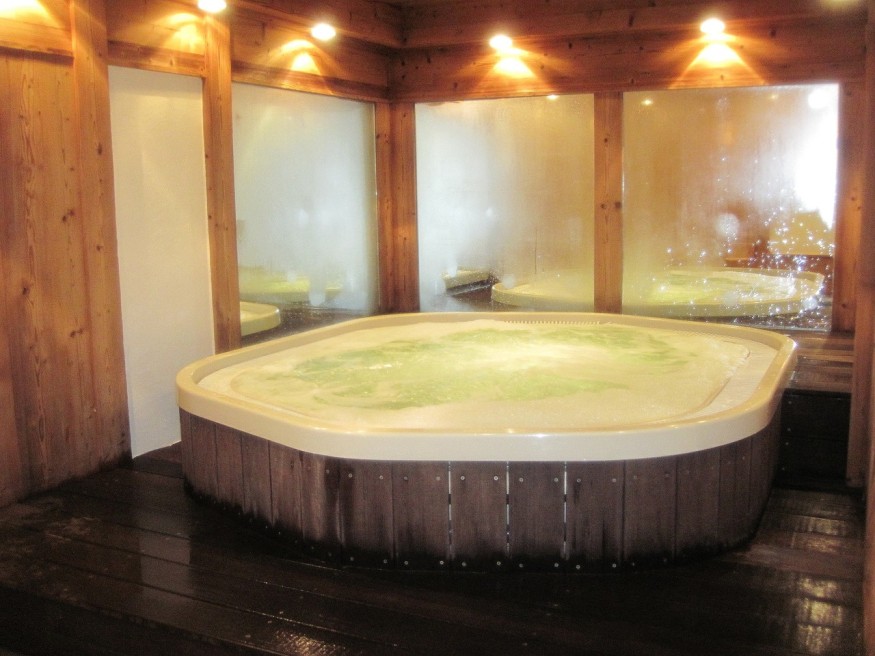
During excavations below the Bath Assembly Rooms from the 18th century, archaeologists were able to uncover an odd cold bath that could be the only one of its kind.
Bath Assembly Rooms
During the 18th to 19th century, assembly rooms became areas of entertainment, gambling, dancing, and conversation.
Bath and other spa areas were known to have hot mineral water. They then became popular bathing spots. However, during the 18th century, medical practitioners advised cold bathing for aiding with several physical and mental conditions.
Because of this, cold baths and plunge pools surged in private estates and houses and in public facilities across Bath and other areas. The cold bath location in one of the assembly rooms shows that it may have been catering to those who preferred a more private and exclusive bathing experience.
The Bath Assembly Rooms, which is currently taken care of by the National Trust, were finished in the year 1771. According to the 1778 new prose Bath guide, there was a commodious cold bath that had dressing rooms that were convenient. These came alongside concerts, balls, gambling, coffee, billiards.
One-of-a-Kind Cold Bath From 18th Century
The novel cold bath is situated at a three-room suite's center under one of the ends of the ballrood. Dressing rooms are situated by its sides.
As part of the excavation, the later floor that was installed atop the cold bath was removed. Doing so also involved taking away tonnes of rubble, which revealed the steps going down. The building structure itself blew up due to a bomb in World War II. Because of this, the cold bath ended up damaged.
According to Bruce Eaten, who is from Wessex Archaeology and who oversaw the excavation, though the presence of a cold bath under the Bath Assembly Rooms was indicated in historical records, the bath's preservation remained a long-standing mystery.
Project Curator Tatjana LeBoff from National Trust also notes that the Bath Assembly Rooms' cold bath is extremely rare and odd, adding that it could have been the only one built within an assembly room.
LeBoff further notes that though records reveal that there were several people who worked in the Bath Assembly Rooms during the 1770s, the records do not indicate that someone was tending to the Cold Bath. There are also no records that show hiring bath sheets or availing of laundry services. Because of this, it may have been possible that bathers brought their own towels and even their own servants to aid them with bathing and dressing up.
RELATED ARTICLE : Storage Jar or Portable Toilet? Scientists Discover New Way to Find Out How Conical Pots Were Used in Ancient Rome
Check out more news and information on Archaeology in Science Times.
© 2025 ScienceTimes.com All rights reserved. Do not reproduce without permission. The window to the world of Science Times.










